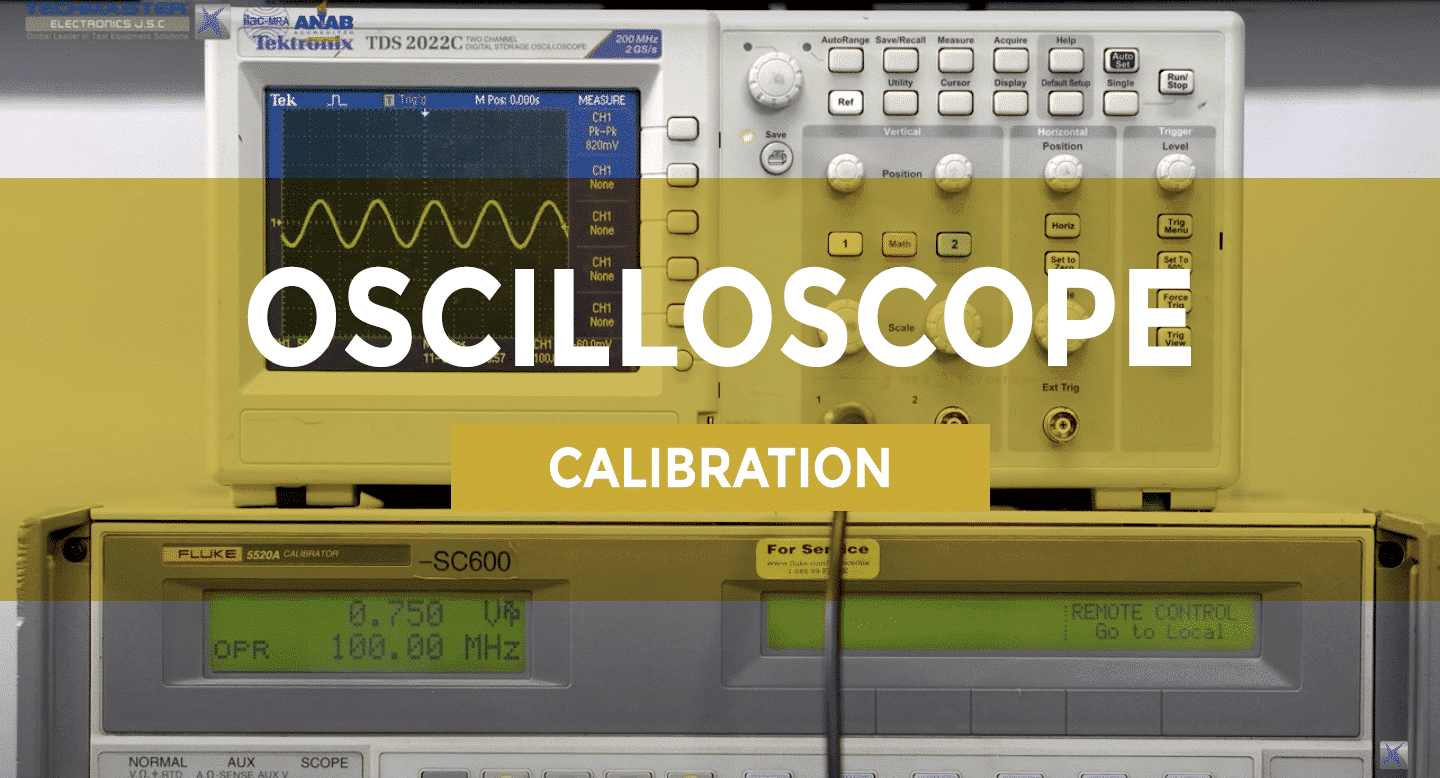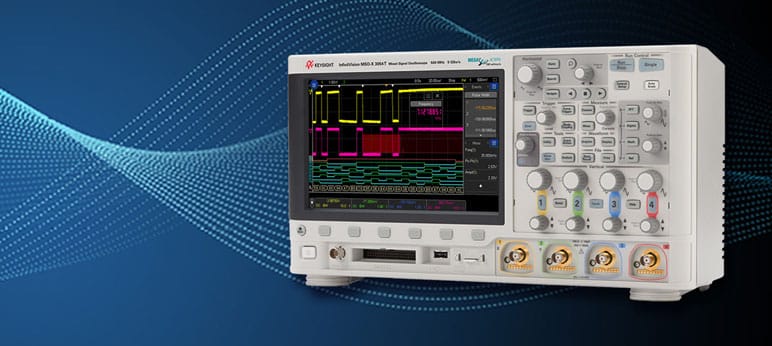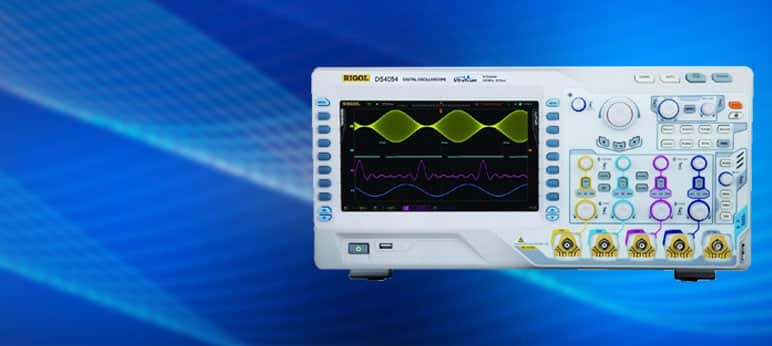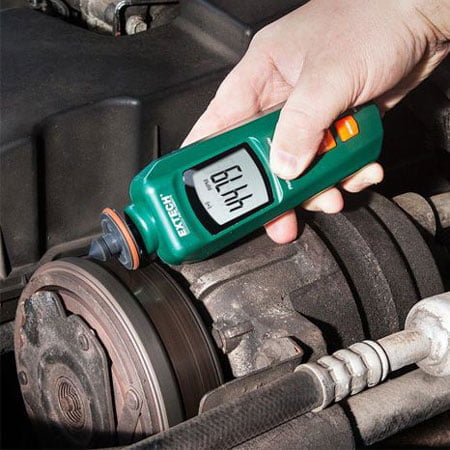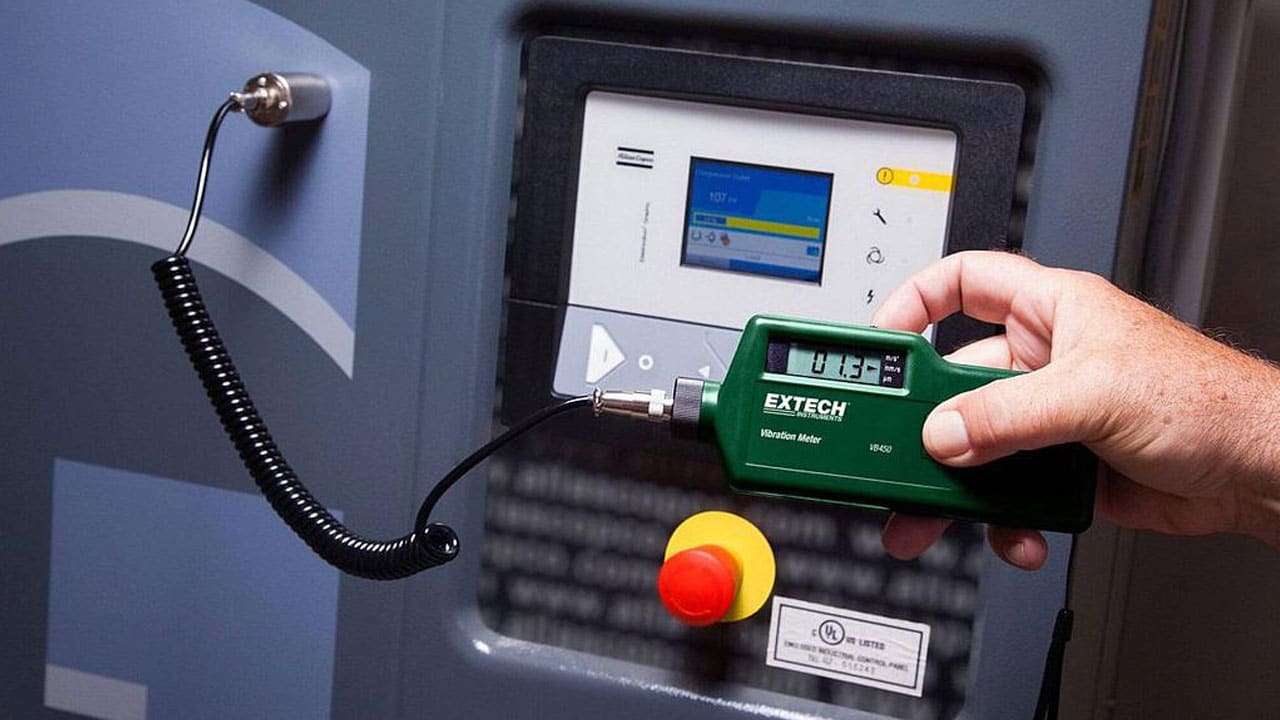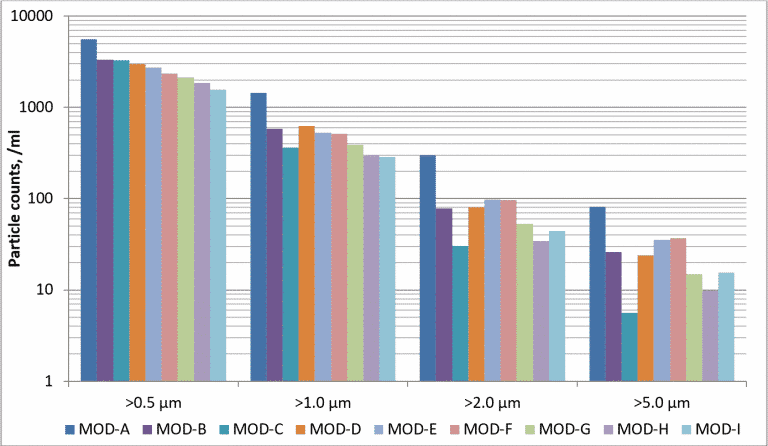1. What’s oscilloscope ?
Oscilloscope is a device capable to catch graph electronic signals to analyze and find extraordinary signals. This device possesses the characteristic ability to plot the three main shaft signal X, Y, Z. In there, X axis (time), Y axis (voltage), Z axis (brightness intensity). Oscilloscope is capable of recognizing many different signals types such as square, sawtooth, sinusoidal pulses, or even difficult signals such as video and audio. Oscilloscopes frequency range from 1Hz to several MHz. Some high-end models can display a frequency signal up to several hundred GHz.
2. Oscilloscope classification
Oscilloscopes are classified into two main types: analog oscilloscope and digital oscilloscopes.
+ Analog oscilloscope: This is an old technology oscilloscope, so the measurement frequency is quite low.
+ Digital oscilloscope: The new type has a much higher measurement frequency than analog oscilloscope. With many functions included, it brings convenience during work.
3. Scope of procedure
| Unit Under Test Characteristics | Performance Range | Performance method |
|
DC voltage Rise Time Bandwith Time Marker |
Up to 130V |
Comparison to Multifunction Calibrator |
4. Standard and supporting device
✔ 50 Ω Feed-through terminator BNC
5. Environment conditions
Temperature: (18 ÷ 28)°C
Relative Humidity: (40 ÷ 60)%RH
6. Preparation
– Connect UUT and test equipment to appropriate power source. Set all STANDBY / POWER ON and allow warm- up as required by the manufacturer’s instructions.
Self – Test function.
– You can view the self-test results by pressing Utility -> System -> Self-Test Info.
– If self-test Fail, do not perform calibration. Ensure that the problems are found and resolved, or notify customer.
7. Perform
7.1 Input Impedance Test
– Connect the output of STD (for example, Fluke 5520A) to the oscilloscope channel 1 input, as shown fig1, Set CH1: ON
– Setting the UUT impedance level to be tested (for devices with multiple impedance levels).
– Set the output impedance of the STD to match the impedance set on the UUT, example 50Ω.
– Configure Vertical Scale follow Impedance input point.( Depending on the manufacturer and each model) Setting STD Measurement: ON
– Measure the input Impedance of the UUT with the STD. Record this value.
– Setting STD Measurement: STBY
– Repeat above steps for remains channels of the Oscilloscope.
7.2 DC gain Accuracy Test
– Based on manufacturer’s manual, set to Factory Default to recall the factory default for UUT.
– Set the probe attenuation to 1:1 on the analog channel
– Set up the oscilloscope
– Adjust the horizontal scale to 200.0 us/div.
– On UUT: set the Volts/Div value follow table below:
|
0.5mV/div |
1mV/div |
2mV/div |
5mV/div |
10mV/div |
20mV/div |
50mV/div |
|
100mV/div |
200mV/div |
500mV/div |
1V/div |
2V/div |
5V/div |
10V/div |
Note: test points in table above can be changed according to manufacturer’s manual or customer’s requirement.
– On STD: set voltage value equal 7 times value of UUT. Example, UUT setting 1mV/div, then STD setting is 7mV.
– Then press the Acq Mode softkey and select Averaging
– Then press the #Avgs softkey and set it to 64
– Select a measurement for the average voltage.
– Record voltage value of UUT and compare with STD, for each test point setting as above.
7.3 Bandwidth Test
– Then press the Acq Mode softkey and select Averaging
– Then press the #Avgs softkey and set it to 8
– Select a measurement for the average voltage AC RMS – N Cycles
– Setting Amplitude 3Vpp, 50kHz
– Setting UUT: 500mV/Div, 100μs
– Adjust Level Signal STD control for 6 Divisions of screen of UUT, record value Vrms1
– increase the frequency of STD to frequency Test Bandwith UUT
– Read AC RMS – N Cycles value and caculator Response (dB) : 20 × 𝑙𝑜𝑔 𝑽𝒓𝒎𝒔𝟐 / 𝑽𝒓𝒎𝒔𝟏
– Record result, compare to manufacturer’s specifications.
– Turn off CH1, STD. Test all channel using the method above respectively and record the test results.
7.4 Sample Rate and Delay Time Accuracy
– Based on manufacturer’s manual, set to Factory Default to recall the factory default for UUT.
– Set the time mark generator period to 80 ms, 1 Vpp (for MSO4000 model series, or follow manufacturer’s documentation for different models)
– Set the Vertical SCALE to 500 mV/div.( with model MSO4000)
– Set the Horizontal SCALE to 20 ms/div (with model MSO4000)
– Adjust the Vertical POSITION knob to center the time mark signal on the screen.
– Adjust the Trigger LEVEL knob as necessary for a triggered display
– Adjust the Horizontal POSITION knob to move the trigger location to the center of the screen (50%)
– Set the Horizontal Scale to 400 ns/div
– Base on Horizontal SCALE Calculator time base error
7.5 Zero Point Offset Test
– Connect STD to CH1 of UUT as shown in Figure 2, using terminal 50 ohm
– Based on manufacturer’s manual, set to Factory Default to recall the factory default for UUT.
– Set calibration output signal to “EDGE” mode with rise time 150ps rise time (base on model UUT) and 1.2 V amplitude
– Configure the UUT:
- Turn On CH 1
- Set the probe attenuation ratio to “1X”.
- Set the vertical scale to 200 mV/div.
- Set the horizontal time base to 1 ns ( the setting value is different for different model of UUT under test)
– Press TRIGGER LEVEL to adjust the trigger level to the middle of the screen.
– Rotate HORIZONTAL POSITION and VERTICAL POSITION respectively to adjust the horizontal position and vertical position properly.
– Observe the screen of the UUT. Press Cursor -> Mode -> “Manual” to turn on the manual cursor function.
– Measure the zero point offset using manual cursor, read and record value.
– Keep the other settings of the UUT unchanged and set the vertical scale to 500 mV/div.
– Set calibrator out 3V
– Measure the zero point offset according to the method above and record the Measurement result.
– Turn off CH1. Repeat steps above for all channel respectively according to the method above and record the test results.
Calibration now completed, turn off, disconnect and secure all equipment.
Note : Other model of equipment reference to the manufacturer’s instructions or customer’s requirement.
◈ Reference documents
– Procedure: 33k3-42950-1
– Service Guide Keysight DSOX1204A/G
– MSO4000 and DPO4000 Series Digital Phosphor Oscilloscopes Specifications and Performance Verification

